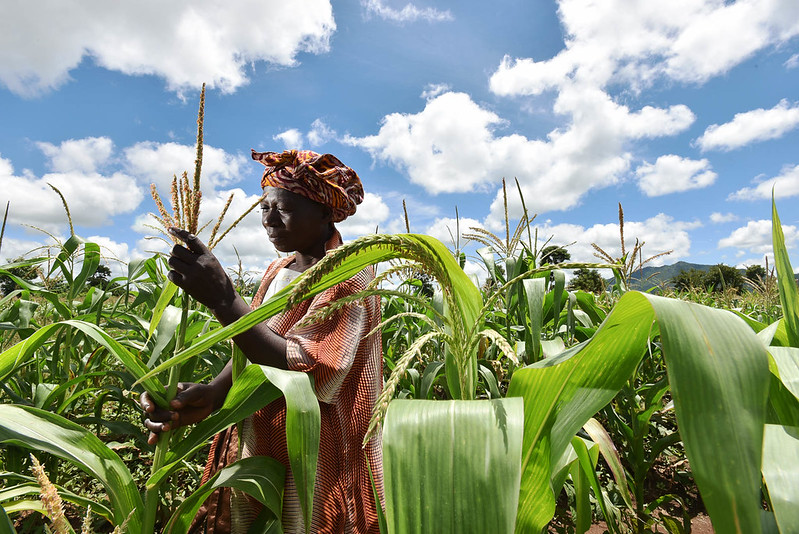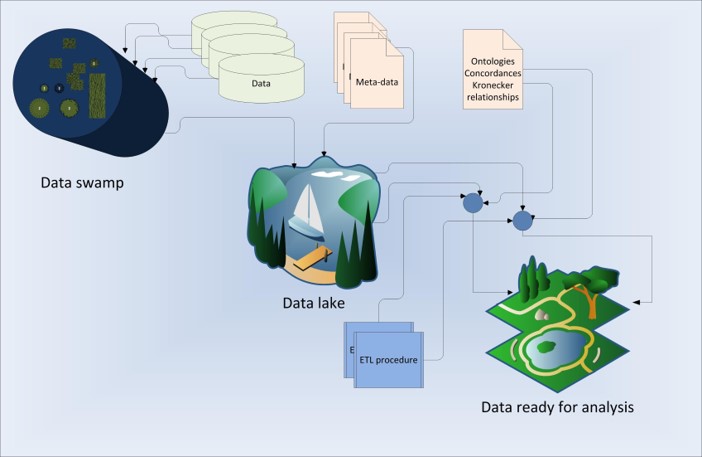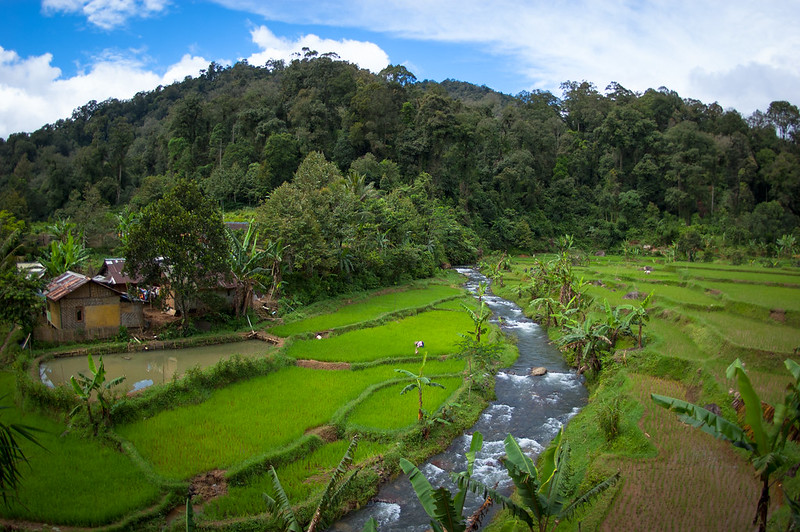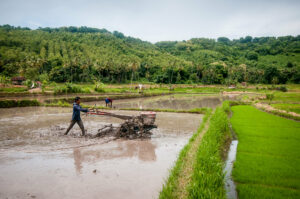Latest Posts
Modelling the global economic consequences of a major African swine fever outbreak in China
African swine fever is a deadly porcine disease that has spread into East Asia where it is having a detrimental effect on pork production. However, the implications of African swine fever on the global pork market are poorly explored. Two linked global economic models are used to explore the consequences…
Global drivers of food system (un)sustainability: A multi-country correlation analysis
At present, our ability to comprehend the dynamics of food systems and the consequences of their rapid ‘transformations’ is limited. In this paper, we propose to address this gap by exploring the interactions between the sustainability of food systems and a set of key drivers at the global scale. For…
Rural transformation and the future of cereal-based agri-food systems
Rural transformation is an inevitable and fundamental process of development. However, the speed and dimensions of rural transformation can affect investments in major staples such as maize, wheat and rice, which continue to play an important role in agri-food systems around the globe. This paper investigates the impacts of rural…
Determinants of vulnerability of bean growing households to climate variability in Colombia
Climate variability largely affects agriculture in the developing world where rainfed agriculture is highly prevalent, and farmers rely on favourable climatic conditions to grow their crops. In Colombia, interannual climate variability can increase human vulnerabilities. Evidence on the vulnerability of farming households to climate variability at the local scale is,…
Agricultural growth and sex-disaggregated employment in Africa: Future perspectives under different investment scenarios
Literature is scanty on how public agricultural investments can help reducing the impact of future challenges such as climate change and population pressure on national economies. The objective of this study is to assess the medium and long-term effects of alternative agricultural research and development investment scenarios on male and…
Sentinel Landscapes initiative: Stocktake and baseline data analysis for future landscape management and monitoring in West Kalimantan
This publication is part of the Sentinel Landscape network initiative established in eight sites around the world representative of widely different biophysical and socioeconomic contexts. Here we present and summarize the results of the research and baseline studies carried out in West Kalimantan, Borneo. Within the Kapuas Hulu regency, two…









